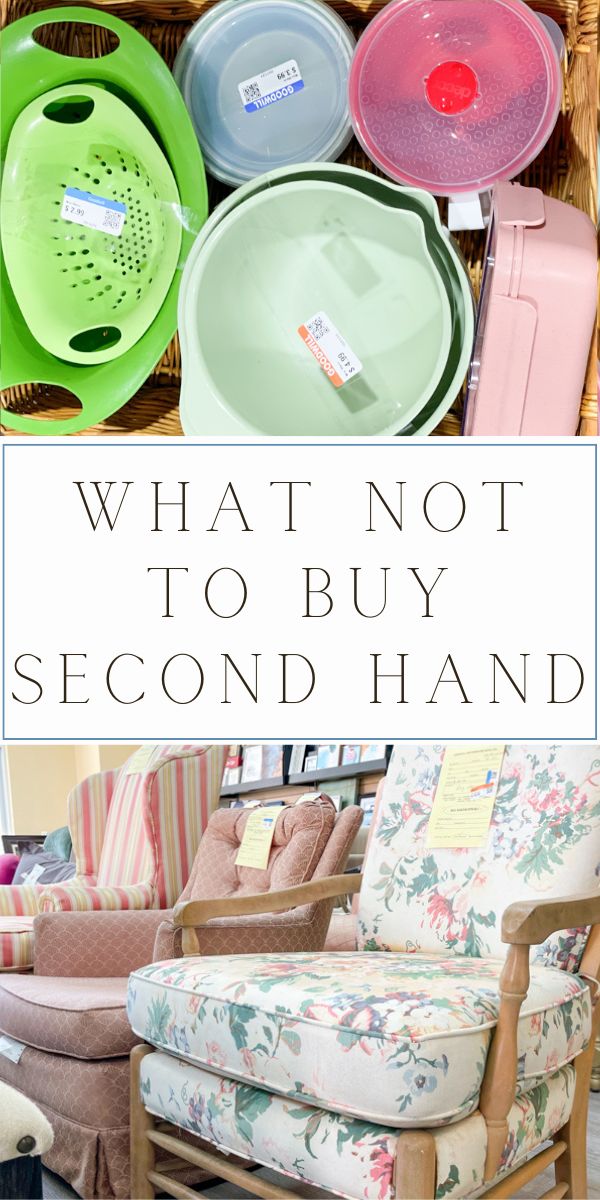If you love thrifting like I do, you know the thrill of finding hidden treasures at a great price. I've been thrifting for decades, and while I’m all for a good bargain, there are some things you should never buy second-hand.
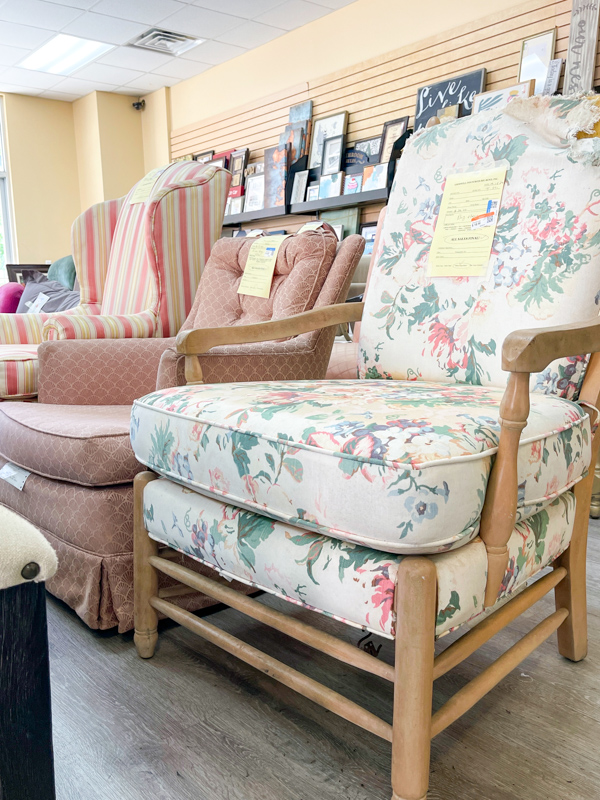
Over the years, I’ve learned what to avoid, and recently, I interviewed many fellow thrifters to get their take. Their answers are sprinkled throughout this post, and some might just surprise you!
So keep reading until the end to discover what items you should steer clear of when shopping second-hand.
My Thrifting Journey
Back in the day, in the beginning of our marriage, I was in college and our budget was tighter than Dicks hat band. I was looking for the cheapest ways to decorate our home and a friend, who was an avid thrifter, encouraged me to go Goodwill and garage sale shopping.
Trust me when I say it wasn't vogue to buy second hand in those days so I was super picky and if something came into my home I became a master of making it look new.
My blog is filled with tips on restoring old items, like my milk paint furniture post and my cleaning copper post.
As time went on, I discovered that antiques had a stylish, old-money charm, if you know what I mean. So when I came across something truly old, I left its rustic look intact.
If you’re new to shopping second-hand, here are some items I never buy, along with insights shared by others.
The Hidden Dangers of Second-Hand Items
Shopping second hand can be so much fun and a great adventure but it is important to remember that there are hidden dangers out there. It is easy to focus on the thrill of a great deal!
But used items can carry risks you might not think about at first. From pesky allergens to safety issues and hidden damage, it’s good to be aware of what could go wrong.
Let’s chat about these potential pitfalls so you can thrift with confidence!
What NOT to Thrift Second Hand: Why Buying New Is Sometimes Best
Before I dive to deep into the items I would NEVER thrift I know many will buy these second hand items so know that I am writing this blog post to inform you of the dangers.
It doesn't mean you cannot buy these things, but simply education so you know next time you shop at a garage sale, yard sale, tag sale, or community thrift store.
Used Mattresses: The Unseen Health Hazards
Truth be told, I did buy a used mattress once. Back before I got married I bought a twin mattress from a neighbor. But knowing where it came from is important if you are going to buy a second-hand mattress.
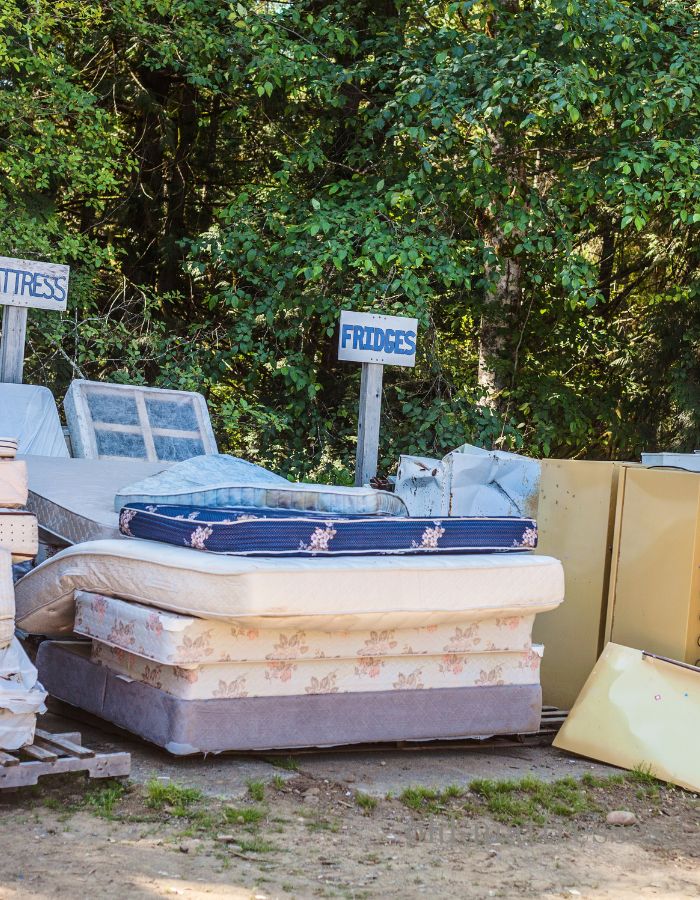
Did you know Goodwill will not sell second hand mattresses? That is a good indication to not buy a used one.
When it comes to thrifting, used mattresses from someone I don't know are a big no-go for me. You might be tempted by the price, but the hidden health risks just aren’t worth it.
First off, bed bugs are a serious concern. These tiny pests can hitch a ride on a used mattress and turn your cozy sleep space into a nightmare.
But it’s not just bugs you have to worry about! Used mattresses can also harbor allergens like dust mites, mold and fungus, which can trigger all sorts of health issues, especially if you have allergies or respiratory problems.
Plus, there’s the chance of old stains or odors that just won’t come out.
For a good night’s sleep, it’s best to invest in a new mattress that you know is clean and free from any unwanted surprises. The same applies to crib mattresses.
And guess what? Goodwill sells new mattresses still in the wrapper, so if you need an inexpensive mattress, head to Goodwill. You'll be glad you did in the long run.
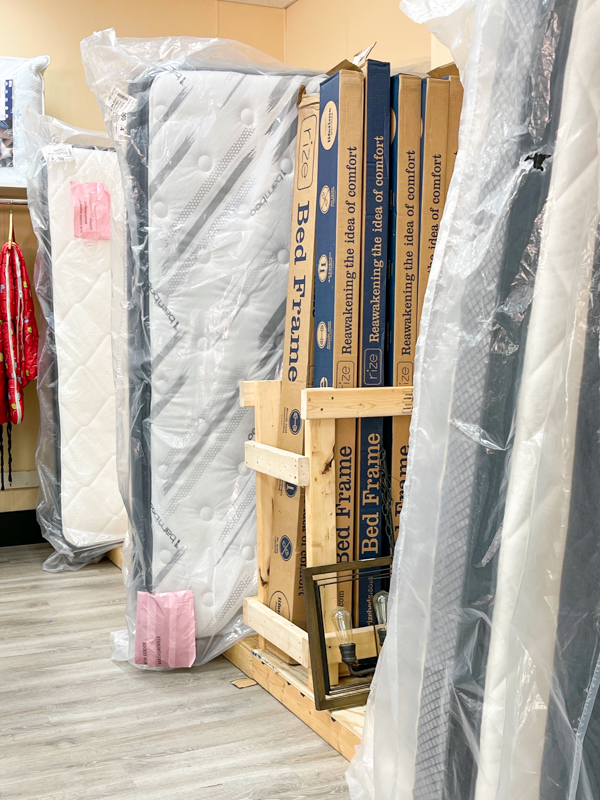
Second-Hand Helmets: Safety First
Helmets can make fun decorations, so if you’re thrifting a helmet just for looks, feel free to skip this part! But if you need one for safety, keep reading.
When it comes to protective gear, second-hand helmets are not the best choice especially antique ones like in the photo. LOL!

I know the temptation to save a few bucks can be strong, but the risks really aren’t worth it. Helmets for bicycles or a motorcycle are designed to protect your head in case of an accident. You can’t guarantee their integrity when buying used.
Each helmet has a lifespan. They can lose their protective capabilities over time—especially if they’ve been involved in a crash. Even if a helmet looks brand new on the outside, there’s no way to know if it has unseen damage.
For your safety, it’s always best to invest in a new helmet that meets the latest safety standards. When protection matters most, you want to make sure you’re covered!
Pre-Owned Electronics: Old Tech, New Problems
Shopping for pre-owned electronics can be tempting, especially if you're looking to save some cash. But before you grab that used gadget, let’s talk about the risks.
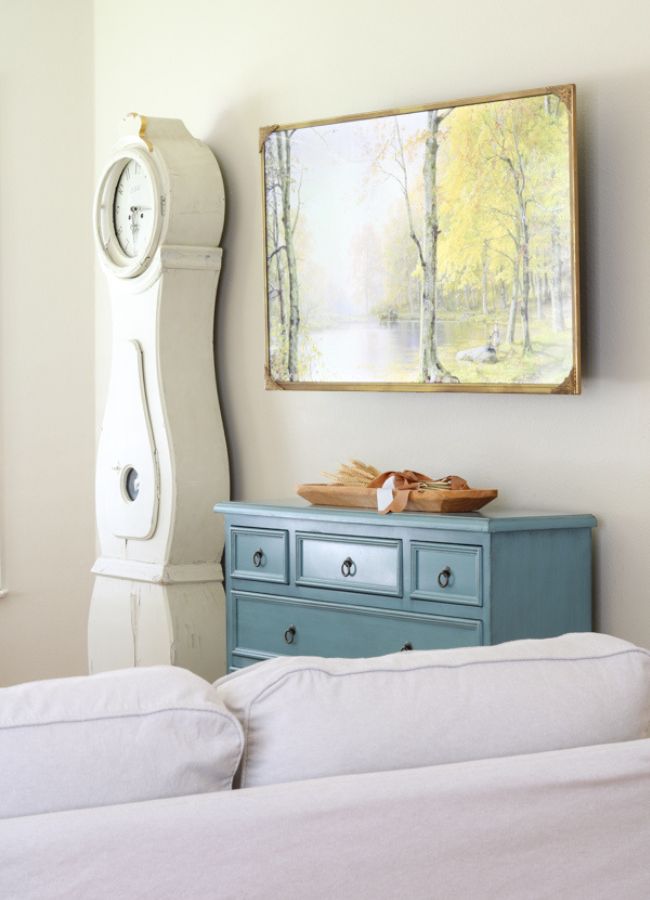
In the photo above is our television. I would pass it on to family or friends but not knowing where it came from can be a risk.
You never really know if a used device is outdated, faulty, or damaged. Sometimes, a seemingly perfect item can hide issues like a cracked screen or battery problems.
Plus, older models might not work with the latest software updates, which can leave you frustrated.
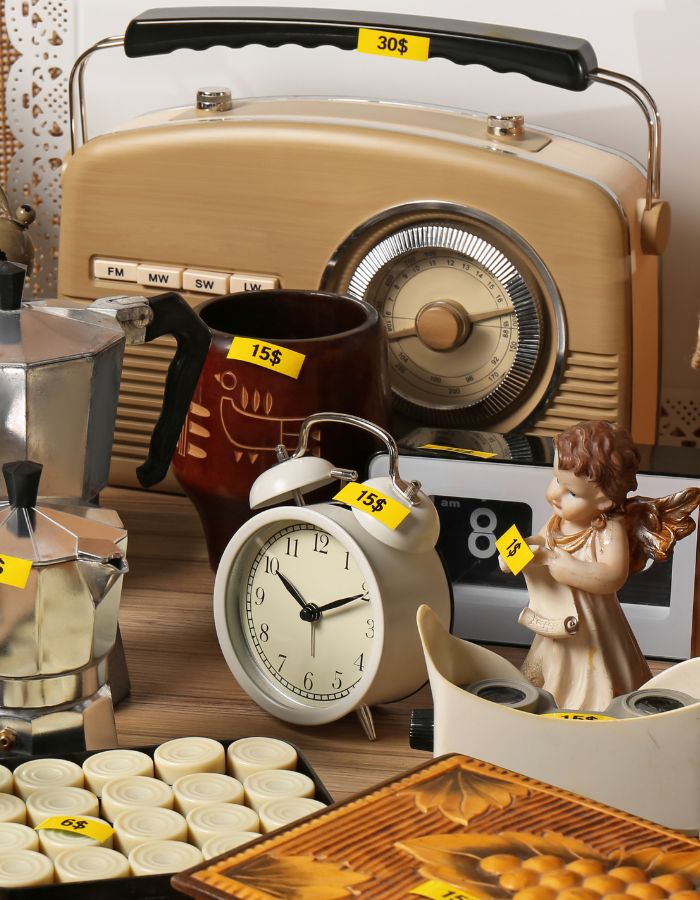
And let’s not forget about safety! Some pre-owned electronics may not meet current safety standards, putting you at risk. Old wiring can catch on fire so keep that in mind if you plan to use it.
When it comes to gadgets, investing in something new can save you a lot of headaches down the road. Trust me, I bought a used sewing machine, and after spending weeks to get it to work just right, it ended up in the trash.
Now, if you want an old electronic for decoration, that is a different story. Buying vintage radios and such to display for decoration is perfectly fine.
So, if you want a device to use that you can rely on, it’s best to skip the used options and go for something fresh!
Worn Shoes: More Than Just Worn Soles
Buying second-hand shoes might seem like a smart choice. After all, who doesn't love a good deal? But when it comes to footwear, you need to think about your foot health and hygiene.
Worn shoes can carry all kinds of issues. They might be shaped to someone else's foot, causing discomfort or even injury.
Plus, there's the hygiene factor—second-hand shoes can harbor bacteria, fungi, or other unwanted surprises.
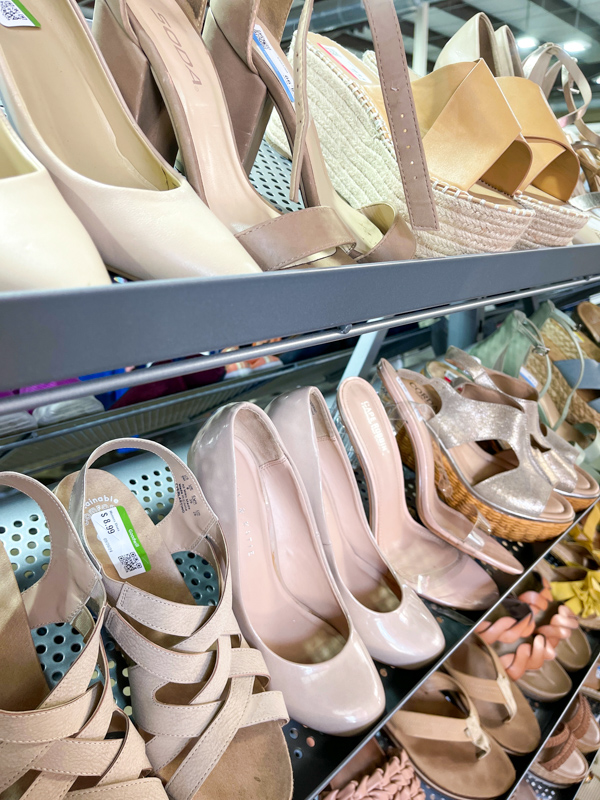
You might think a good cleaning can solve these problems, but that’s not always the case. The materials in some shoes can trap odors and germs, making it hard to truly sanitize them.
For the sake of your feet, it’s often best to invest in a new pair that fits well and feels great.
Let’s get real! I’ve picked up my fair share of second-hand shoes, but there are a few things I always check first.
I start with the sole—if there’s still plenty of tread left, it’s a contender! Then, I look at the outside; if it’s still looking fresh, I’m interested. And if those tags are still hanging on, even better!
Lastly, I think about cleaning. If it can go in the washing machine or if I can wipe the insides with sanitizing wipes, then I’m definitely considering it! But let me tell you, I don't buy any shoes easily.
When it comes to shoes, your comfort and health should always come first. So, skip the used options and treat your feet to something fresh!
Used Car Seats: A Hidden Safety Risk
When it comes to keeping your little ones safe, buying used car seats is a big gamble. Sure, you might find a deal that seems too good to pass up. But let’s dig into the hidden risks that come with pre-owned car seats.
Car seats have expiration dates, and using one that's too old can compromise safety. The materials can break down over time, making them less effective in a crash.
Plus, you never really know if a seat has been recalled or involved in an accident, which can lead to unseen damage.
Even if a car seat looks pristine, it might not protect your child as well as you think. For peace of mind, it’s best to invest in a new car seat that meets the latest safety standards.
Your child’s safety is worth every penny, so go for something fresh and reliable!
Second-Hand Upholstered Furniture: What’s Lurking Inside
This is one item I am particular about because it is just like mattresses.
Upholstered furniture can harbor bed bugs, lice, mold, and other unknowns. It is a hard NO for me unless I know where it comes from.
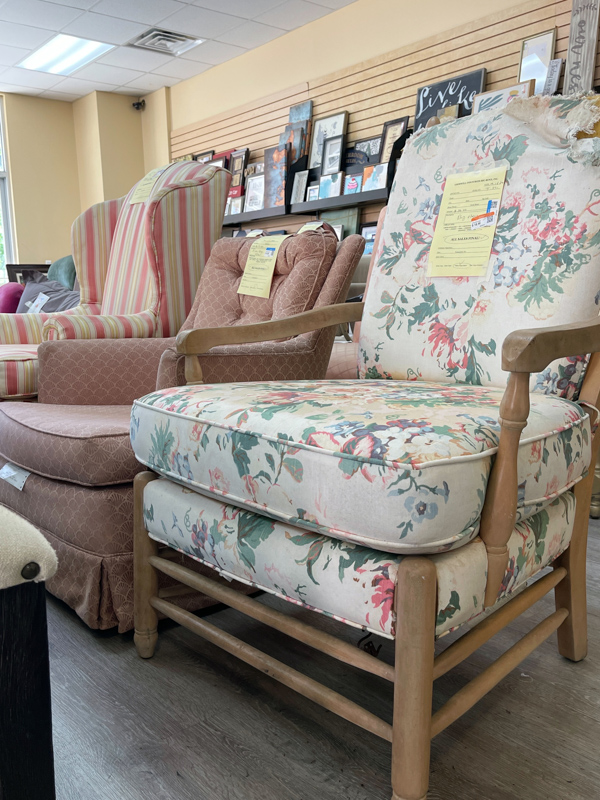
Scoring a great deal on second-hand upholstered furniture can be exciting. But before you bring that bargain home, let’s talk about what might be hiding inside.
Dust, mold, and pests can all be potential unwelcome guests in used furniture.
Upholstered items like sofas and chairs can trap allergens, making them a health risk for your family. Even if a piece looks clean on the outside, you have no idea what’s lurking beneath the fabric. Mold can thrive in dark, damp spaces, and pests like bed bugs can hitch a ride without you even noticing.
Cleaning may not fully eliminate these problems. Some materials can absorb odors or stains that linger no matter how much you scrub.
To keep your home safe and healthy, it’s often best to invest in new upholstered furniture. Your peace of mind is worth it, so opt for something fresh and worry-free!
Wood furniture items such as dressers and end tables are usually safe, but I still recommend a thorough inspection before you take them home.
Vintage Dishes: For Display Only, Not Daily Use
If you have been hanging around me very long, you know I LOVE vintage dishes!
Vintage dishes can be stunning additions to your home décor. They often come with beautiful designs and a charming history. However, if they’re older than the 1970s, it’s best to keep them as display pieces rather than using them for everyday meals.
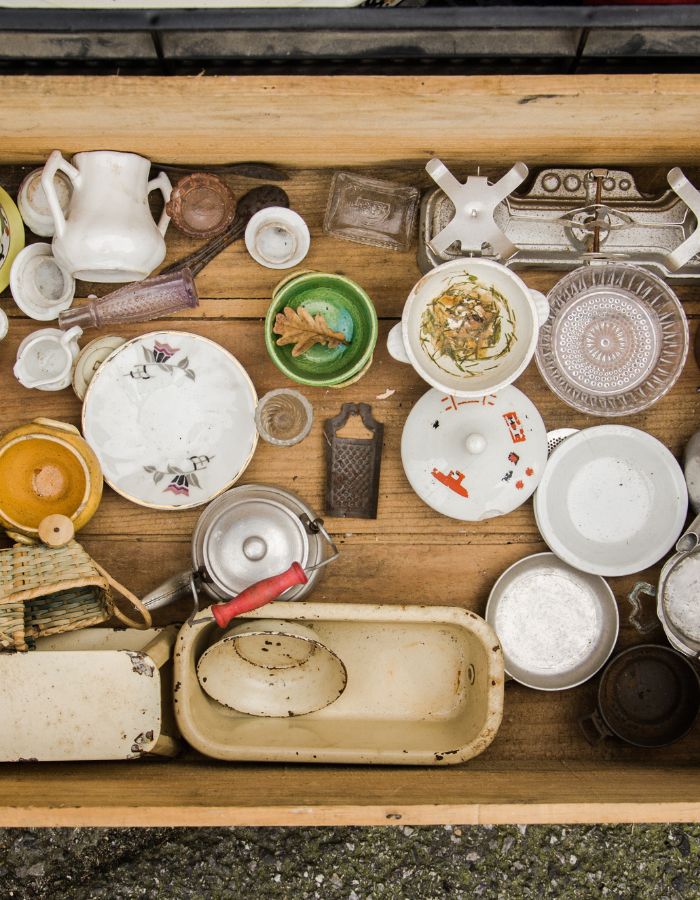
Let me note that we do use pre-70s dishes on special occasions, but not every day. It is a risk we take, but keep reading to decide for yourself.
Many vintage dishes may contain lead or other harmful materials that can leach into food. This is especially true for older ceramics and glazes, which can pose health risks. Plus, the wear and tear from years of use like scratches can make them less safe for daily dining.
While they look lovely on a shelf or as part of a tablescape, these dishes are best enjoyed as art rather than functional pieces. So, appreciate their beauty and history, but leave the daily dining to modern, safer options.
Your health is worth the extra care!
Pillows: Rest Easy with a Fresh Start
Bed and throw pillows can add a cozy touch to your space, but I’m cautious when it comes to buying them second-hand.
If a throw pillow has a cover with a zipper, that’s a different story! You can wash the cover in hot water to reuse it on a new pillow form, which makes it a safer option.
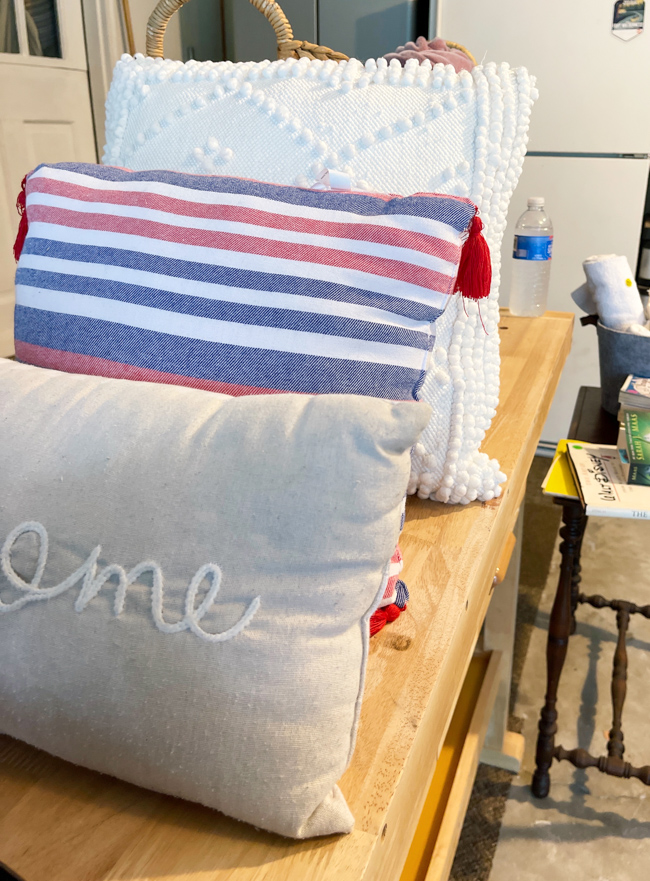
However, outside of that instance, I steer clear of buying used pillows. Just like mattresses, they can harbor bed bugs and lice, making them a potential health risk.
Even if a pillow looks clean, you never really know what’s hiding inside.
To keep your home fresh and safe, it’s best to invest in new pillows that you know are clean and comfy. Your peace of mind is worth it!
Here are fantastic new bed pillows I buy from Amazon and throw pillow forms that are amazing.
Stuffed Animals: Cuteness with a Side of Germs
Stuffed animals can be adorable and comforting, but I have NEVER EVER bought one second-hand.
They might look cute, but hygiene issues are a big concern. If you wash them, they often don’t look as good afterward, and that’s a bummer for you and your kid.

Just like pillows and mattresses, stuffed animals can harbor who knows what. Bacteria, dust mites, and allergens can all hide in those plush toys, making them a potential health risk for your family.
For the sake of safety and cleanliness, it’s best to stick with brand-new stuffed animals. That way, you can ensure they’re free from any unwanted surprises and ready for hugs!
Old Appliances: The Costly Gamble
Old appliances, both large and small appliances, can be a risky bet when you’re thrifting. While some may seem like a steal, they often come with hidden costs.
Repairs, efficiency issues, and safety concerns can quickly add up and turn your bargain into a headache.

Vintage kitchen appliances are very popular right now—so much so that appliance brands are offering new retro-style pieces. You can see an example in my small French country kitchen post.
However, I know of one blogger, Lisa, at Farmhouse on Boone, who bought an old range and had it fully restored. Here is her story if you are considering buying an old kitchen appliance to use.
However, if a small appliance has been tested and works, I’ll consider it—especially if it’s fairly new and clean. I still make it a point to clean it thoroughly when I get home, just to be safe. If it's not working but you really want it, be sure you have the resources to repair it before you commit.
I’ve even heard some people use a steamer to give theirs a deep clean, which sounds like a great idea!
That said, if you’re thinking about buying used appliances, weigh the risks. Sometimes, investing in a new appliance can save you time, money, and hassle down the road!
Avoiding Used Plastics: A Smart Choice for Your Health
When it comes to second-hand shopping, it’s best to steer clear of used plastics. These items can harbor harmful chemicals that may leach into your food or drinks, especially if they've been scratched or damaged.
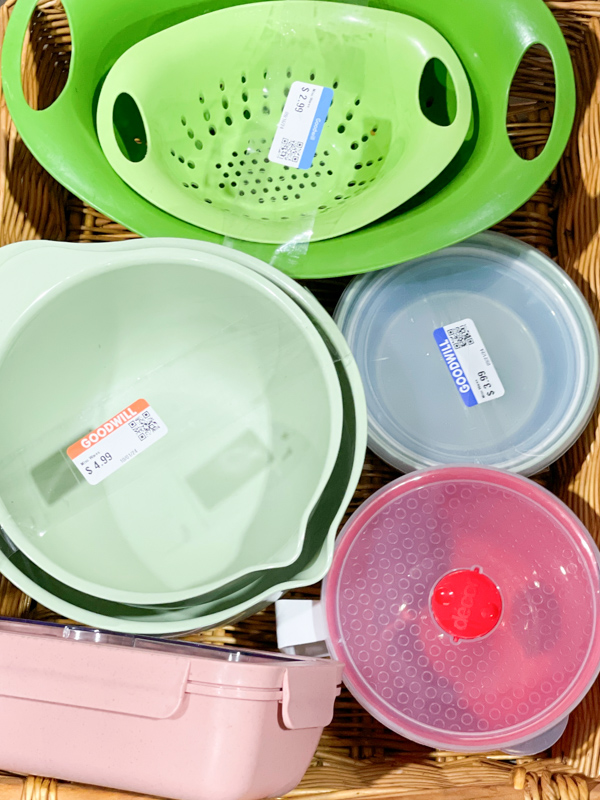
Many older plastics contain BPA or other harmful substances that have been linked to health issues. Plus, you can never be sure of how well they’ve been cleaned or stored.
For your safety and peace of mind, it's smarter to invest in new, food-safe plastic products. This way, you can avoid potential health risks while enjoying the benefits of second-hand shopping for other items!
Personal Undergarments and Hygiene Items: A Firm No-Go
When it comes to thrifting, personal hygiene items are a definite hard pass. This includes toiletries like toothbrushes, razors, and hairbrushes. These items can harbor bacteria, germs or even polyfluoroalkyl substances (PFAS), and you can’t be sure how well they’ve been cleaned.
Undergarments, especially underwear and bras, are at the top of the list when I asked others what not to buy second-hand. Many people feel uncomfortable with the idea of wearing something previously used.

It's hard to know the cleanliness of those items, and they can easily harbor unwanted germs.
While the price might be tempting, your health and comfort are far more valuable. It’s best to invest in new hygiene products that ensure safety and cleanliness. Remember, some items are just not worth the risk!
What Shoppers Had to Say: Real Insights from Thrift Store Enthusiasts
Funny, Meaningful, and Honest Opinions on Second-Hand Finds
While I was thrifting in stores, I gathered some hilarious and honest opinions from fellow shoppers. Here’s what they had to say:
- A Goodwill associate jokingly said no toilets, followed by a fit of laughter. She was so fun to chat with!
- One Goodwill customer mentioned she wouldn’t buy underwear but was ready to thrift just about anything else. Her cart was filled with beautifully planned bedding in shades of cream and burgundy!
- My son-in-laws weighed in too. One said no toothbrushes, while the other said he wouldn’t buy anything second-hand at all—LOL! Ironically, he’s married to the queen of thrifting.
- My husband chimed in with a firm “no drawers,” which is his way of saying no to underwear. Classic!
- My daughter Savanna echoed the underwear sentiment, while my other daughter Hannah said absolutely not to a plunger. Eww! Gross!
- A couple at an antique store proclaimed they would NEVER buy clothes because you never know if someone died in them. We all shared a laugh over that one!
- Finally, my thrifting buddy mentioned she won’t buy old photographs because it creeps her out thinking those people are watching her.
Well, that’s all I have for now! If you have your own “What I Would Never Thrift” items, please share in the comments. I’d love to add them to the list!
Conclusion
Thrifting can be a fun adventure, but it's important to know when to save and when to splurge on new items. With the increase in thrift store prices sometimes you can get a new item for the same price so know your prices or look it up on your phone.
In fact, have you heard of Google Lens? If not, it's a handy trick used by Antiquers! Just go to Google and click on the camera icon. Then, snap a photo of the item, and you can check how much it’s worth before you overspend!
While there are plenty of treasures to uncover, some things just aren't worth the risk. From old mattresses to used car seats, understanding what not to thrift can help you make smarter choices for your home and family.
Thrifting Inspiration
If you're looking for ideas on what to thrift and how to decorate your home with those finds, be sure to check out my blog post on that topic. There's also a YouTube video if you prefer watching over reading on what not to thrift!
And for more what not to buy second hand info check out Martha Stewart's blog post here. It has good information too.
So, next time you're out thrifting, remember these insights and feel empowered to make choices that suit your lifestyle.
If you're planning a garage sale, consider these recommendations to determine what people are most likely to purchase. Increase your chance of hosting a profitable garage sale with our Editable Garage Sale Flyer. You can customize it with date, location, and details to attract your community.
Happy thrifting, and don’t forget to share in the comments what you would NOT thrift!

